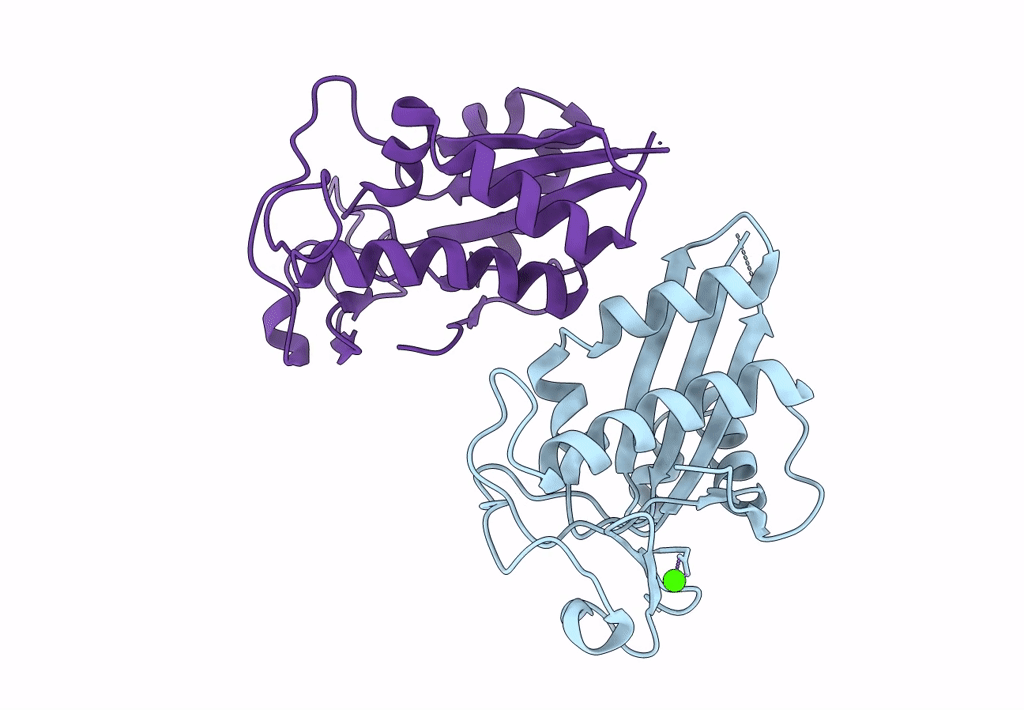
Deposition Date
2011-05-26
Release Date
2012-04-11
Last Version Date
2024-10-16
Entry Detail
Biological Source:
Source Organism:
Ancylostoma caninum (Taxon ID: 29170)
Host Organism:
Method Details:
Experimental Method:
Resolution:
2.70 Å
R-Value Free:
0.24
R-Value Work:
0.18
R-Value Observed:
0.18
Space Group:
P 21 21 21


